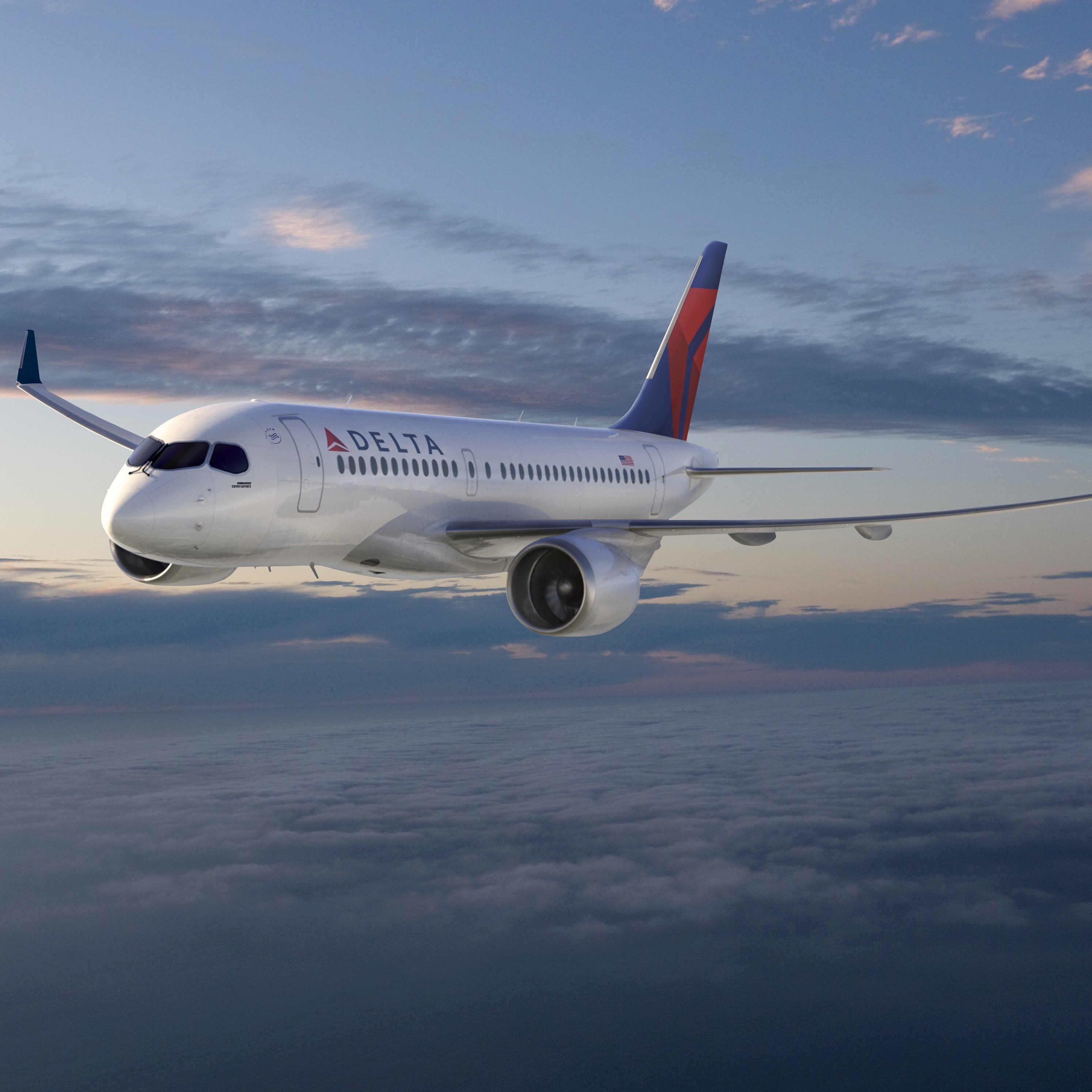
In mid-October, European aircraft maker Airbus bought 50.01% stake in the company that Canada’s Bombardier had established to own its C Series aircraft. At the time, the cashless acquisition was judged a big win for Bombardier, which had lost a tariff and dumping case to Boeing Co. (NYSE: BA) related to sales of the company’s CS-100 passenger jet in the United States.
While the deal may have saved Bombardier and was thought to be an easy pickup for Airbus, that initial reaction may have proved to be too quick.
Both Moody’s Investors Service and an analyst at Bernstein Research have issued less than encouraging reports on the transaction.
According to Moody’s, the airline industry prefers larger narrow-body jets, like Boeing’s 737 and Airbus’s A320, to smaller planes like the CS-100. The 737 seats a maximum of 172 to 230 passengers in four different members of the 737 family, and the A320 family seats from 100 to as many as 240 in four different airplanes. The CS-100 seats around 100, and Bombardier is also building a larger version of the plane, the CS-300, to seat about 125 to 150 passengers.
Moody’s Vice-President Jonathan Root noted:
Demand for 100 to 150 seat commercial airliners like the C Series is likely to remain modest for a few years due to industry pressures that are fueling interest in larger, not smaller, narrowbody passenger jets. The biggest factor is airlines’ heightened focus on profitability and achieving acceptable returns on capital following the 2008 financial crisis.
Moody’s estimates that it will take Airbus/Bombardier more than five years to reach 1,000 orders for the C Series planes, a very small slice of a very large pie shared by Boeing and Airbus.
Bernstein analyst Doug Harned believes that the C Series eventually will prove to be unprofitable and Airbus will shut down production, according to a report at Leeham News. He did not offer a specific date however.
Harned does not think Airbus will be able to cut supplier costs because both it and Boeing are already squeezing suppliers. Further price cutting won’t leave suppliers with any profits.
Airlines would pay in the low $20 million range for small narrow-body, but Harned thinks that Airbus/Bombardier needs to sell the planes for around $30 million in order to make a profit.
When Airbus estimated the size of the market for a 100- to 150-seat passenger plane for the next 20 years, the company projected a demand of 4,100. Boeing has not published a demand figure for that size plane, but Leeham notes a report from a Cowen analyst that Boeing estimates demand for 3,000 to 4,500 planes of that size.
Airbus forecasts 20-year demand for narrow-bodies like the 737 and A320 at nearly 25,000 over the same period. Boeing’s estimate for the single-aisle planes is nearly 30,000. The C Series will have a tough time breaking through.
Get Ready To Retire (Sponsored)
Start by taking a quick retirement quiz from SmartAsset that will match you with up to 3 financial advisors that serve your area and beyond in 5 minutes, or less.
Each advisor has been vetted by SmartAsset and is held to a fiduciary standard to act in your best interests.
Here’s how it works:
1. Answer SmartAsset advisor match quiz
2. Review your pre-screened matches at your leisure. Check out the advisors’ profiles.
3. Speak with advisors at no cost to you. Have an introductory call on the phone or introduction in person and choose whom to work with in the future
Thank you for reading! Have some feedback for us?
Contact the 24/7 Wall St. editorial team.
